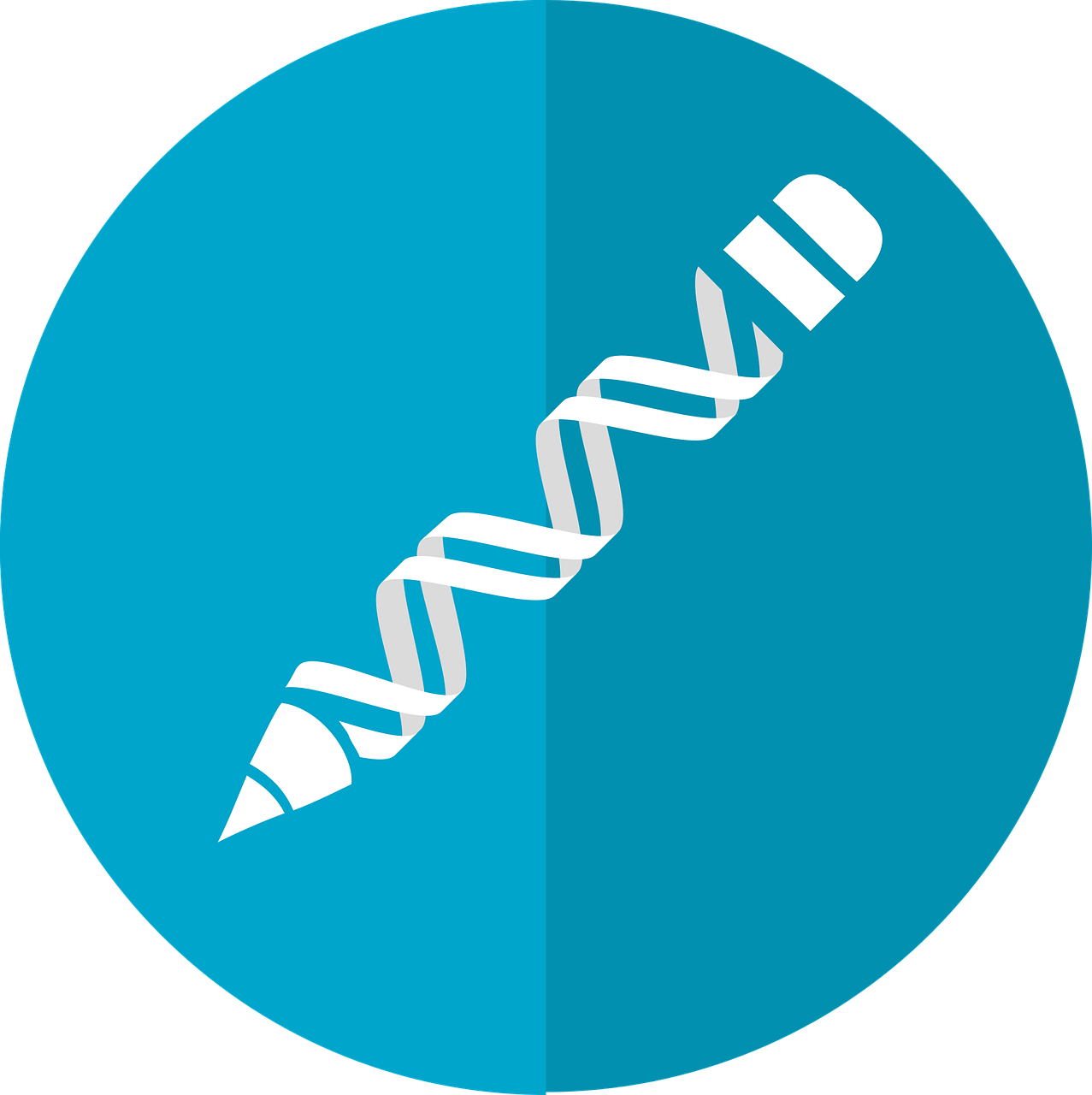CRISPR corrects Duchenne muscular dystrophy mutation
/CRISPR-Cas9 corrects Duchenne muscular dystrophy exon 44 deletion mutations in mice and human cells
Abstract
Mutations in the dystrophin gene cause Duchenne muscular dystrophy (DMD), which is characterized by lethal degeneration of cardiac and skeletal muscles. Mutations that delete exon 44 of the dystrophin gene represent one of the most common causes of DMD and can be corrected in ~12% of patients by editing surrounding exons, which restores the dystrophin open reading frame. Here, we present a simple and efficient strategy for correction of exon 44 deletion mutations by CRISPR-Cas9 gene editing in cardiomyocytes obtained from patient-derived induced pluripotent stem cells and in a new mouse model harboring the same deletion mutation. Using AAV9 encoding Cas9 and single guide RNAs, we also demonstrate the importance of the dosages of these gene editing components for optimal gene correction in vivo. Our findings represent a significant step toward possible clinical application of gene editing for correction of DMD.
























